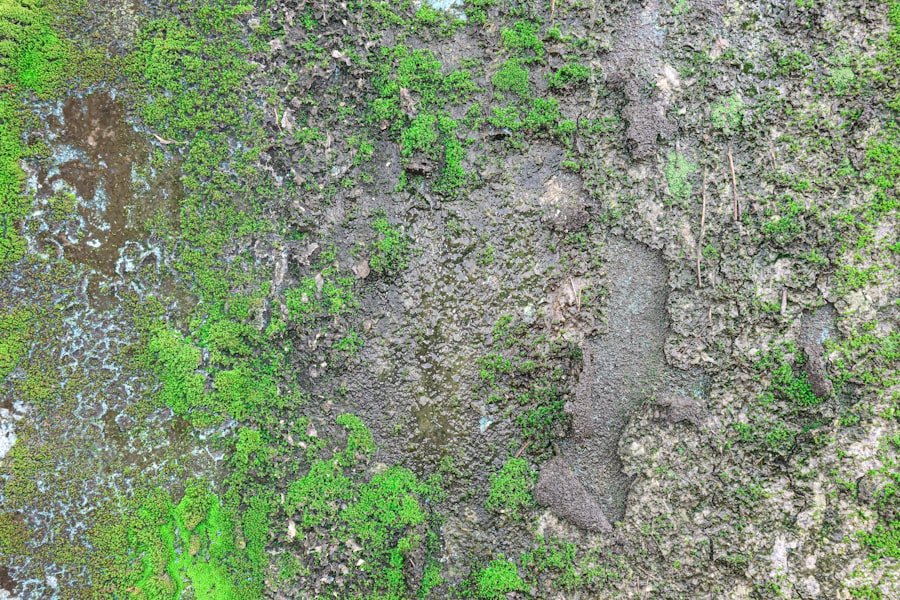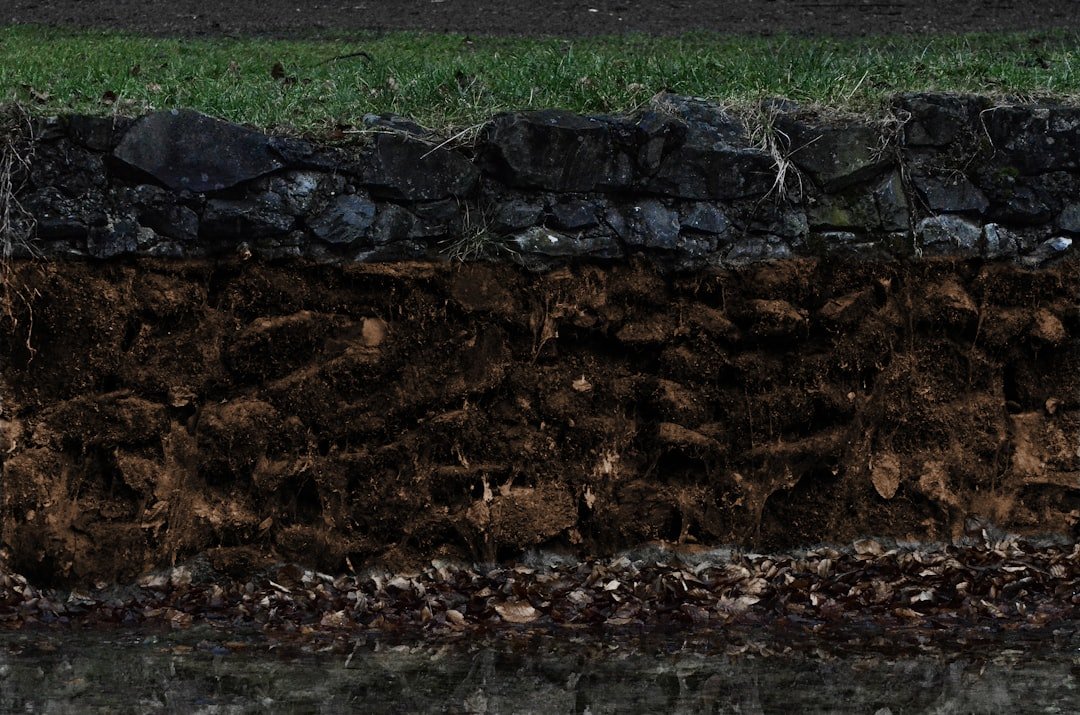This post may contain affiliate links. When you purchase through links on our site, we may earn an affiliate commission.
Faux grass, often referred to as artificial turf or synthetic grass, has emerged as a popular alternative to traditional natural grass in landscaping. This innovative material is designed to mimic the appearance and feel of real grass while offering a range of practical benefits that appeal to homeowners, businesses, and municipalities alike. The evolution of faux grass technology has led to products that are not only visually appealing but also durable and versatile, making them suitable for various applications, from residential gardens to commercial sports fields.
The appeal of faux grass landscapes lies in their ability to provide a lush, green aesthetic year-round without the maintenance demands associated with natural grass. As urban areas expand and water conservation becomes increasingly important, many are turning to synthetic options that promise both beauty and sustainability. Faux grass landscapes can transform outdoor spaces into vibrant areas for recreation, relaxation, and social gatherings, all while reducing the environmental footprint associated with traditional lawn care practices.
Key Takeaways
- Faux grass landscapes offer a low-maintenance and visually appealing alternative to natural grass, perfect for modern homeowners.
- Using faux grass in your garden can save time and money on maintenance, while still providing a lush and green outdoor space.
- When choosing faux grass for your landscape, consider factors such as pile height, color, and durability to ensure it suits your specific needs.
- DIY installation of faux grass is a cost-effective option, but it requires careful preparation and attention to detail for a professional-looking result.
- Maintenance and care for faux grass landscapes involve regular cleaning, brushing, and occasional infill replenishment to keep the surface looking fresh and vibrant.
Benefits of Using Faux Grass in Your Garden
One of the most significant advantages of faux grass is its low maintenance requirements. Unlike natural grass, which necessitates regular mowing, watering, fertilizing, and pest control, synthetic turf requires minimal upkeep. Homeowners can enjoy a pristine lawn without the hassle of weekly maintenance routines.
This not only saves time but also reduces the costs associated with lawn care equipment and services. For busy families or individuals who prefer to spend their weekends enjoying their outdoor spaces rather than working on them, faux grass presents an attractive solution. In addition to its low maintenance needs, faux grass is also highly durable.
High-quality synthetic turf is designed to withstand heavy foot traffic, making it ideal for gardens that serve as play areas for children or pets. Unlike natural grass, which can become patchy or muddy under heavy use, faux grass maintains its integrity and appearance regardless of the activity level. Furthermore, many synthetic grass products are UV-resistant, ensuring that they retain their vibrant color even under prolonged exposure to sunlight.
This durability translates into long-term cost savings, as homeowners will not need to replace their lawns frequently due to wear and tear.
Choosing the Right Faux Grass for Your Landscape

Selecting the appropriate faux grass for your landscape involves considering several factors, including pile height, material composition, and intended use. Pile height refers to the length of the individual blades of grass in the turf. Shorter pile heights may be more suitable for areas with high foot traffic, such as pathways or play areas, while longer pile heights can create a more luxurious appearance for decorative lawns or gardens.
It is essential to strike a balance between aesthetics and functionality when making this choice. Material composition is another critical aspect to consider when choosing faux grass. Most synthetic turfs are made from polyethylene, polypropylene, or nylon fibers.
Polyethylene is often favored for residential applications due to its soft texture and realistic appearance. In contrast, nylon is more durable and can withstand higher temperatures, making it suitable for commercial applications or areas exposed to intense sunlight. Additionally, some faux grasses incorporate infill materials such as sand or rubber granules to enhance stability and cushioning.
Understanding these materials will help homeowners select a product that meets their specific needs and preferences.
DIY Installation of Faux Grass
| Metrics | Data |
|---|---|
| Time Required | 4-8 hours |
| Difficulty Level | Medium |
| Cost | Varies based on size |
| Tools Needed | Shovel, rake, utility knife, tape measure |
| Maintenance | Low |
Installing faux grass can be a rewarding DIY project for homeowners looking to enhance their outdoor spaces without incurring high labor costs. The installation process typically involves several key steps: preparing the area, laying down a base material, installing the turf itself, and securing the edges. Proper preparation is crucial for ensuring a successful installation; this may involve removing existing vegetation, leveling the ground, and compacting the soil to create a stable foundation.
Once the area is prepared, a base layer of crushed stone or decomposed granite is often laid down to facilitate drainage and provide a solid foundation for the turf. After this base is established, the synthetic grass can be rolled out and cut to fit the designated area. It is essential to ensure that seams between pieces of turf are properly aligned and secured using adhesive or seam tape.
Finally, securing the edges with landscape staples or adhesive will help prevent shifting over time. While DIY installation can be labor-intensive, it allows homeowners to customize their landscapes according to their vision while saving on professional installation costs.
Maintenance and Care for Faux Grass Landscapes
Although faux grass requires significantly less maintenance than natural grass, it is not entirely maintenance-free. Regular care is essential to keep synthetic lawns looking their best and prolonging their lifespan. One of the primary maintenance tasks involves periodic cleaning to remove debris such as leaves, dirt, and pet waste.
A leaf blower or a stiff-bristled broom can be effective tools for this purpose. For pet owners, it is crucial to clean up after pets promptly and rinse the area with water to eliminate odors. In addition to cleaning, homeowners should also inspect their faux grass regularly for signs of wear or damage.
Over time, UV exposure can cause some fading in color; however, high-quality products are designed to resist significant discoloration. If any sections become flattened due to heavy use or furniture placement, brushing the fibers against the grain can help restore their upright position. Additionally, applying infill materials periodically can help maintain cushioning and stability in high-traffic areas.
Creative Design Ideas for Faux Grass Landscapes

Multi-Level Gardens
One popular design idea is creating multi-level gardens that incorporate faux grass as a soft surface between hardscaping elements such as patios or walkways. This approach not only adds visual interest but also provides a comfortable area for lounging or entertaining guests.
Vertical Gardens
Another innovative use of faux grass is in vertical gardens or living walls. By integrating synthetic turf into vertical structures alongside real plants, homeowners can create striking contrasts that highlight both natural and artificial elements. This design can be particularly effective in urban environments where space is limited but greenery is desired.
Themed Gardens
Additionally, faux grass can be used creatively in themed gardens—such as a whimsical fairy garden or a modern minimalist space—where its versatility allows for unique expressions of style.
When evaluating the financial implications of installing faux grass versus maintaining natural grass, several factors come into play. The initial investment for synthetic turf can be higher than that of seeding or sod installation; however, this upfront cost must be weighed against long-term savings in maintenance expenses. Natural lawns require ongoing costs related to water usage, fertilizers, pesticides, and lawn care services—expenses that can accumulate significantly over time.
In contrast, once faux grass is installed, ongoing costs are minimal. Homeowners save on water bills since synthetic lawns do not require irrigation; they also eliminate expenses related to mowing equipment and chemical treatments. Over a span of years, these savings can offset the initial investment in faux grass significantly.
For instance, studies have shown that homeowners can save thousands of dollars over a decade by switching from natural grass to synthetic alternatives when considering water conservation alone.
Environmental Impact of Faux Grass Landscapes
The environmental impact of faux grass landscapes is a topic of considerable debate among homeowners and environmentalists alike. On one hand, synthetic turf conserves water resources by eliminating the need for irrigation—a critical consideration in regions facing drought conditions. Additionally, by reducing reliance on chemical fertilizers and pesticides typically used in natural lawn care, faux grass contributes to lower chemical runoff into local waterways.
However, there are concerns regarding the production and disposal of synthetic materials used in faux grass manufacturing. Many artificial turfs are made from petroleum-based products that raise questions about sustainability and environmental degradation during production processes. Furthermore, at the end of their lifespan—typically around 15-20 years—disposing of synthetic turf poses challenges since it is not biodegradable like natural materials.
To mitigate these concerns, some manufacturers are exploring eco-friendly alternatives by using recycled materials in their products or developing biodegradable options that lessen environmental impact over time. As awareness grows regarding sustainable landscaping practices, homeowners are encouraged to consider both the benefits and drawbacks of faux grass landscapes while making informed decisions about their outdoor spaces.
If you’re looking to enhance your garden landscape with DIY Faux Grass, you may also be interested in exploring the comforts of A to Z Cozy Corner. This website offers a variety of home decor ideas and tips to create a cozy and inviting space. Check out their article on home decor for inspiration on how to transform your living space into a warm and welcoming environment.
FAQs
What is DIY Faux Grass for Garden Landscapes?
DIY Faux Grass for Garden Landscapes refers to the process of creating artificial grass or turf to use in garden landscaping projects. This can be a cost-effective and low-maintenance alternative to natural grass.
What are the benefits of using DIY Faux Grass for Garden Landscapes?
Some benefits of using DIY Faux Grass for Garden Landscapes include reduced water usage, minimal maintenance, and a consistent green appearance throughout the year. It can also be a good option for areas with poor soil or limited sunlight.
What materials are needed to create DIY Faux Grass for Garden Landscapes?
Materials needed to create DIY Faux Grass for Garden Landscapes may include artificial turf or grass, a base material such as sand or gravel, adhesive or fasteners, and tools for cutting and installing the faux grass.
How can I install DIY Faux Grass for Garden Landscapes?
The installation process for DIY Faux Grass for Garden Landscapes typically involves preparing the area, laying the base material, cutting and fitting the faux grass, and securing it in place. Specific installation instructions may vary depending on the type of faux grass and the project requirements.
Is DIY Faux Grass for Garden Landscapes suitable for all climates?
DIY Faux Grass for Garden Landscapes can be suitable for a variety of climates, but it’s important to choose a type of faux grass that is designed to withstand the specific environmental conditions in your area. Some artificial grass products are designed to be UV-resistant, heat-resistant, or suitable for high-traffic areas.

 using WordPress and
using WordPress and 
No responses yet